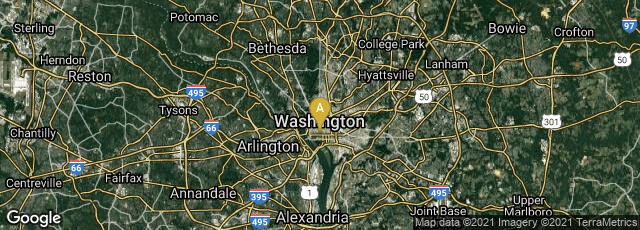

A: Washington, District of Columbia, United States
On July 29, 1958, the same day that Congress passed the National Aeronautics and Space Act disabling the National Advisory Committee for Aeronautics (NACA), President Dwight D. Eisenhower signed the National Aeronautics and Space Act, establishing NASA, the National Aeronautics and Space Administration. The new agency— responsible for America's space program and for civilian, rather than military, aerospace and aviation research—became operational on October 1, 1958.
From 1946, the National Advisory Committee for Aeronautics (NACA) had been experimenting with rocket planes such as the supersonic Bell X-1. In the early 1950s, there was challenge to launch an artificial satellite for the International Geophysical Year (1957–58). An effort for this was the American Project Vanguard. After the Soviet launch of the world's first artificial satellite (Sputnik 1) on October 4, 1957, the attention of the United States turned toward its own fledgling space efforts. The U.S. Congress, alarmed by the perceived threat to national security and technological leadership (known as the "Sputnik crisis"), urged immediate and swift action; President Dwight D. Eisenhower and his advisers counseled more deliberate measures. This led to an agreement that a new federal agency mainly based on NACA was needed to conduct all non-military activity in space. The Advanced Research Projects Agency (ARPA) was created in February 1958 to develop space technology for military application.
"On July 29, 1958, Eisenhower signed the National Aeronautics and Space Act, establishing NASA. When it began operations on October 1, 1958, NASA absorbed the 46-year-old NACA intact; its 8,000 employees, an annual budget of US$100 million, three major research laboratories (Langley Aeronautical Laboratory, Ames Aeronautical Laboratory, and Lewis Flight Propulsion Laboratory) and two small test facilities. A NASA seal was approved by President Eisenhower in 1959. Elements of the Army Ballistic Missile Agency and the United States Naval Research Laboratory were incorporated into NASA. A significant contributor to NASA's entry into the Space Race with the Soviet Union was the technology from the German rocket program (led by Wernher von Braun, who was now working for ABMA) which in turn incorporated the technology of American scientist Robert Goddard's earlier works. Earlier research efforts within the U.S. Air Force and many of ARPA's early space programs were also transferred to NASA. In December 1958, NASA gained control of the Jet Propulsion Laboratory, a contractor facility operated by the California Institute of Technology" (Wikipedia article NASA, accessed 12-02-2013).